LATVIJA.FM
How Riga Became a UNESCO World Heritage Site
Riga’s recognition as a UNESCO World Heritage Site in 1997 was not simply a reward for aesthetic charm—it was an affirmation of cultural continuity, urban resilience, and architectural brilliance. Nestled on the banks of the Daugava River, Latvia’s capital tells a layered story of medieval merchants, Hanseatic pride, Art Nouveau ambition, and modern independence. The journey to UNESCO status was both an international milestone and a national statement: that Riga’s soul, shaped over centuries, belongs not only to Latvia—but to the world.
A City of Crossroads and Commerce
Riga’s historical roots reach deep into the 13th century, when it was founded as a key port by German crusaders. Its location at the mouth of the Daugava River, a vital trade artery, positioned the city as a commercial and cultural bridge between East and West. By the late Middle Ages, Riga had joined the Hanseatic League, connecting it with a powerful network of merchant cities from Lübeck to Novgorod. Gothic warehouses, merchant homes, and guildhalls began to dot the cobblestone streets, many of which survive today in the Old Town (Vecrīga). It was this living, walkable museum of medieval life—still vibrant and inhabited—that later became central to UNESCO’s recognition. Riga was never frozen in time; instead, it thrived through it.
The Pulse of the Hanseatic Spirit
What sets Riga apart is the remarkable preservation of its Hanseatic-era street plan, which offers a unique glimpse into medieval urban organization. The narrow alleyways, enclosed courtyards, and multi-gabled façades remain intact in the heart of Vecrīga. Sites such as the House of the Blackheads and St. Peter’s Church are not merely historical curiosities; they embody centuries of civic pride, religious life, and cross-cultural trade. Riga’s ability to retain this Hanseatic core—despite fires, wars, and occupations—demonstrated to UNESCO evaluators that the city had safeguarded more than structures; it had preserved a civic ethos. The World Heritage designation was, in part, a recognition of Riga’s role as a rare survivor among medieval trading cities.
Art Nouveau’s Radiant Flourish
While many UNESCO sites are anchored in ancient or medieval heritage, Riga offered something uniquely complementary: one of the world’s richest collections of Art Nouveau architecture. At the turn of the 20th century, Riga experienced a building boom that transformed its urban fabric. Newly empowered Latvian professionals, flush with confidence and ideas, commissioned buildings that blended natural motifs, mythological imagery, and innovative engineering. Architects like Mikhail Eisenstein and Konstantīns Pēkšēns infused façades with ornate flourishes—faces, peacocks, sunbursts—creating streetscapes of stunning theatricality. Alberta iela became an open-air gallery of modernism. This architectural layer gave Riga a temporal depth, showcasing the evolution of taste and identity in a compact, walkable environment—a key factor in its UNESCO inscription.
Surviving the Storms of the 20th Century
Riga’s architectural integrity is all the more remarkable considering the turbulence of the 20th century. The city endured two world wars, Soviet annexation, and Nazi occupation, each bringing ideological and physical threats to its historic core. Entire neighborhoods were damaged, cultural institutions shuttered, and urban planning manipulated. Yet Riga’s citizens, scholars, and preservationists quietly resisted the erasure. By the late 1980s, during the Latvian National Awakening, heritage preservation became a form of defiance. The careful documentation of historical sites, community restoration efforts, and growing public awareness ensured that the Old Town and Art Nouveau districts were not only saved but celebrated. When Latvia regained independence in 1991, it did so with a capital city whose heritage stood tall, weathered but not broken.
UNESCO Recognition and What It Meant
Riga’s addition to the UNESCO World Heritage list in 1997 focused on the “Historical Centre of Riga”—a 438-hectare area encompassing Vecrīga, the 19th-century boulevards, and the early 20th-century Art Nouveau district. The inscription praised Riga for the “quality and quantity of its Art Nouveau architecture unmatched anywhere in the world,” and for the coherence of its medieval and modern layers. The honor brought international attention and responsibility: the city pledged to protect its heritage not only for itself but for future generations. With that came stricter planning regulations, international tourism, and new funding for restoration. But the greatest impact was symbolic—Latvia’s capital, once overlooked during decades of occupation, was now proudly recognized as a global cultural landmark.
A Living Heritage, Not Just a Label
Today, Riga’s UNESCO status continues to shape how the city is seen and how it sees itself. Unlike museum cities that risk becoming overly curated or depopulated, Riga remains a living, breathing capital. Residents still inhabit centuries-old homes, churches still ring bells over bustling cafés, and youth festivals echo through squares once walked by medieval merchants. The UNESCO listing was never intended to trap Riga in the past, but to support its dialogue with the present. Whether through open-air opera in Dome Square or student gatherings under the eyes of Art Nouveau muses, the city remains vibrant. Riga’s story is not just about how it became a World Heritage Site—but how it continues to live as one.
